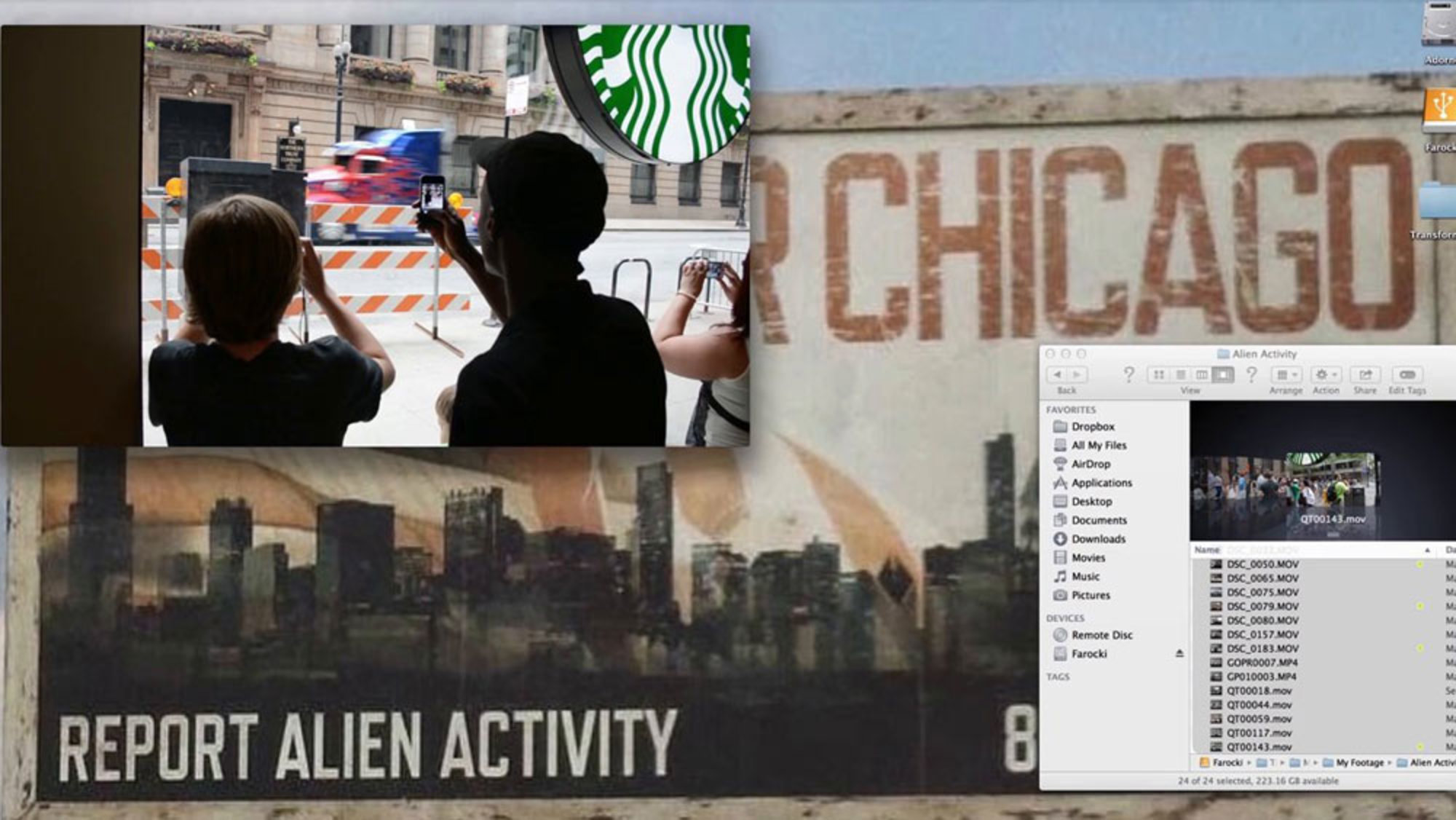The Video Essay as Art
A regular column at Fandor Keyframe on video essay form.

Part 1 – 11 Ways to Make a Video Essay
Supercut. A collection of images or sounds arranged under a category (i.e. Jacob T. Swinney’s wonderful The Dutch Angle) or used to break down a film to a set of elements (i.e. Zackery Ramos-Taylor’s recent Hearing Star Wars: The Force Awakens and Joel Bocko’s The Colors of Daisies). The supercut is usually very short and lacks text so as to maximize its impact on a visual level. This brevity of form emphasizes a central concept more than a narrative argument. If a supercut has an argument to make, it is typically in the order in which items are sequenced.
Part 2 – Why Process Matters
Think of the film-centered video essay landscape as a spectrum. On one end there’s the verbose, didactic film analysis, and on the other is the wordless, inductive supercut. Where this process-driven artistry lies, I feel, is somewhere in the middle—a space that focuses more on “What can exploring this film tell us?” than on “Let me tell you something about this film.”
Part 3 – Finding Your Voiceover
To move away from the “cryptic,” many video essayists embrace the explanatory mode. Some embrace it a bit too much: a major problem with video essays that use voiceover narration is that they just sound like a written essay read aloud. The way to avoid this pitfall lies in a sense of conversation, both in terms of delivery (i.e. use a conversational tone when recording voiceover) and where the voiceover itself is in conversation with the other elements of the video: images, sounds and editing.
Part 4 – How to Make a Great Supercut
If you go searching for supercuts about film on YouTube or Vimeo you’ll find simple catalogues: every time someone has been hit by a bus in a film, centred shots in the films of Wes Anderson, every time a character utters their recognizable catchphrase, and so on. These collections have no greater purpose than to point out a pattern. But what if some of these patterns could actually have a point?
Header image: Transformers: The Premake (dir. Kevin B. Lee)